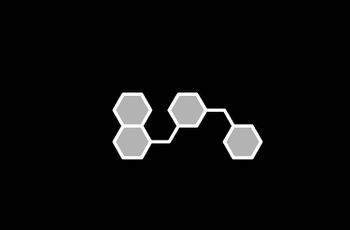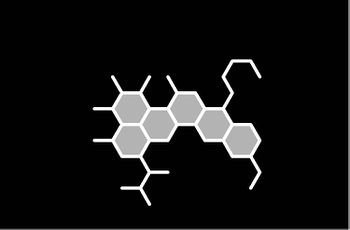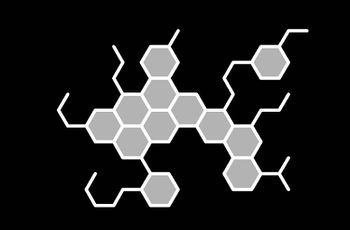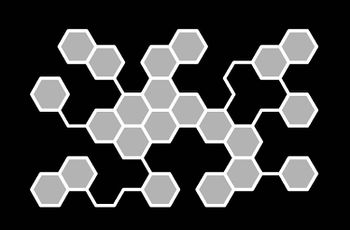project J:Positive
(→What: parasitic architecture) |
|||
| (4 intermediate revisions by one user not shown) | |||
| Line 12: | Line 12: | ||
<div style="float: left; margin-right:10px; width: 500px; "> | <div style="float: left; margin-right:10px; width: 500px; "> | ||
| − | We will instigate a '''parasitic architecture'''. | + | We will instigate a '''parasitic architecture'''. Which can engage with other interventions and proposals generated by actors (including other atoms). In order to introduce more diverse and unusual activites as and when necessary. This can be achieved through a [[project J:negative | physical structure]] or through discussions and non physical proposals. |
'''Parasitic''' = having the nature or habits of a parasite or leech; living off another. | '''Parasitic''' = having the nature or habits of a parasite or leech; living off another. | ||
Latest revision as of 16:00, 17 October 2011
What: parasitic architecture
Parasitic proliferation
We will instigate a parasitic architecture. Which can engage with other interventions and proposals generated by actors (including other atoms). In order to introduce more diverse and unusual activites as and when necessary. This can be achieved through a physical structure or through discussions and non physical proposals.
Parasitic = having the nature or habits of a parasite or leech; living off another.
Parasitic architecture = an adaptable, transient and exploitive form of architecture that forces relationships with host buildings in order to complete themselves"
"In general terms the parasite has to take up a position within the body, that is, it inserts itself into the spaces, the organs, that the host body provides. As such the grid of the body, its natural contours, boundaries and edges will not be recognized by the parasite. The parasite has to survive within the body and the condition of that survival would be its refusal to recognize lines that mark out pre-existing edges and boundaries, and in refusing specific edge conditions the parasite constructs its own edge conditions, and thus creates new boundaries."



